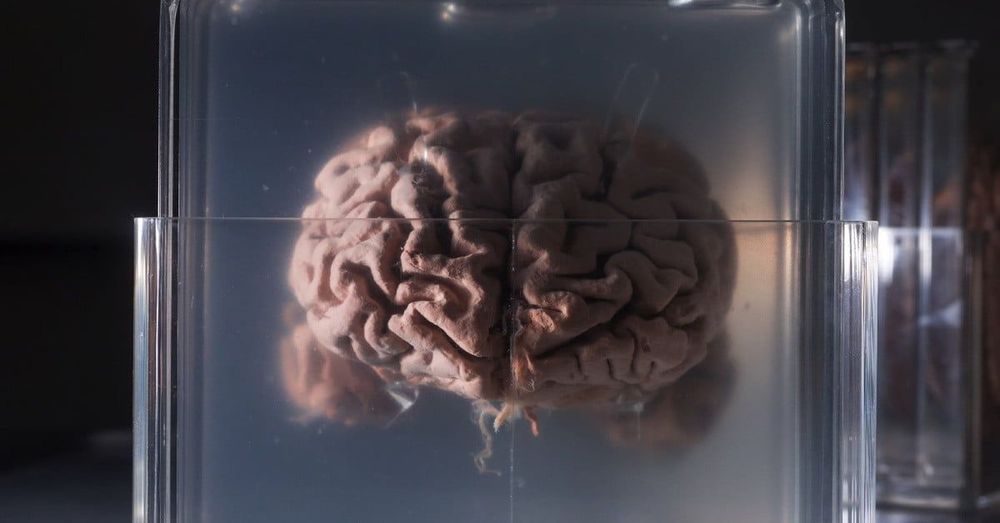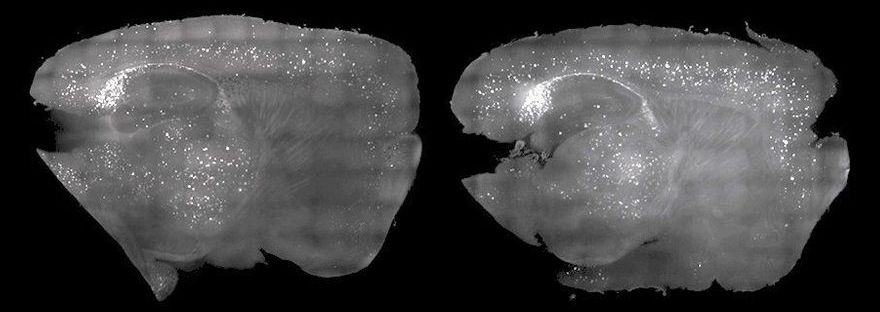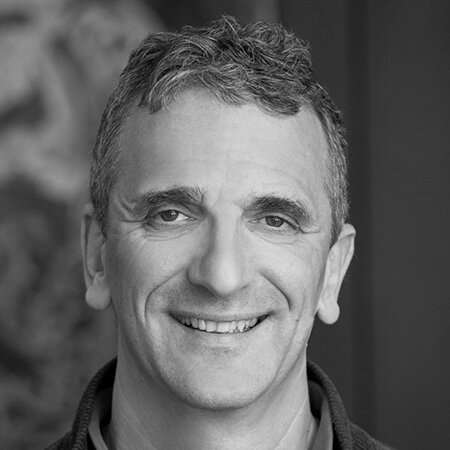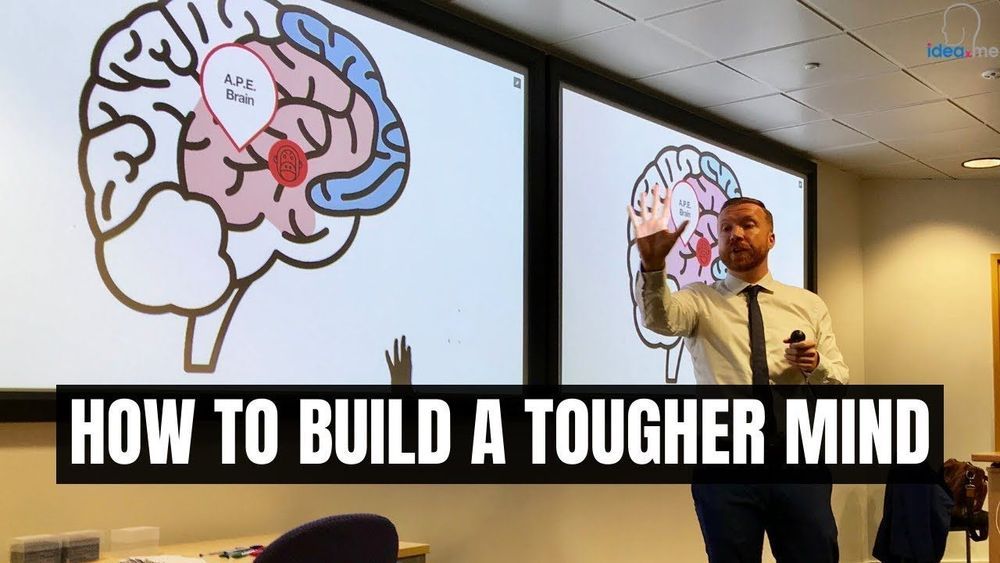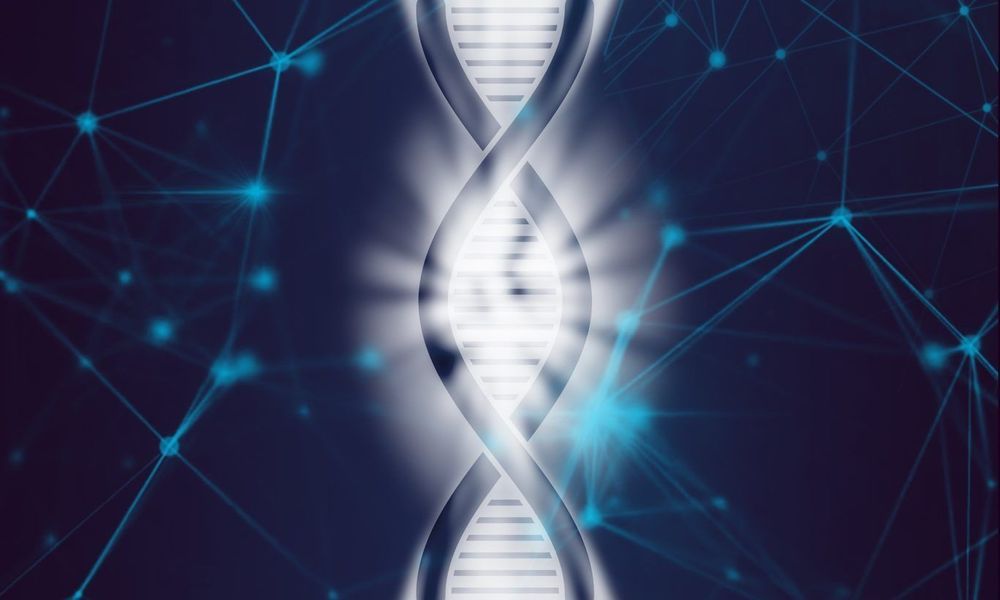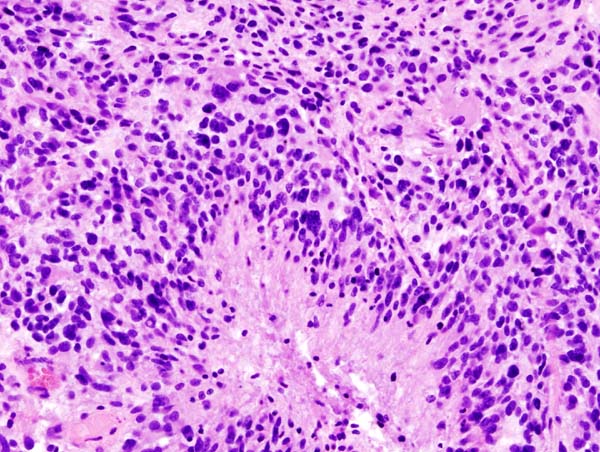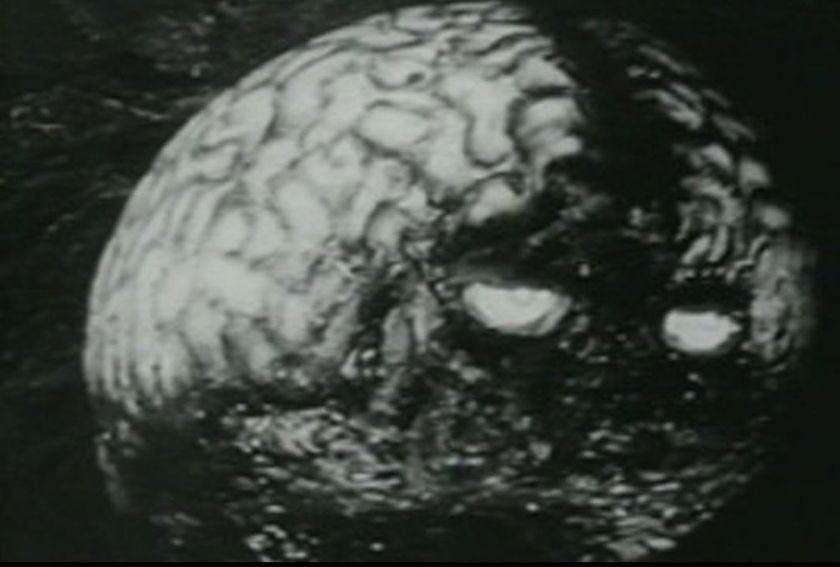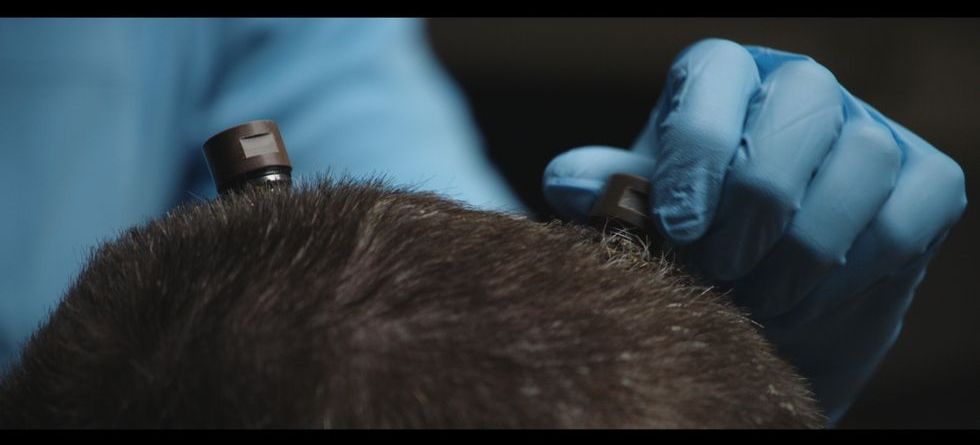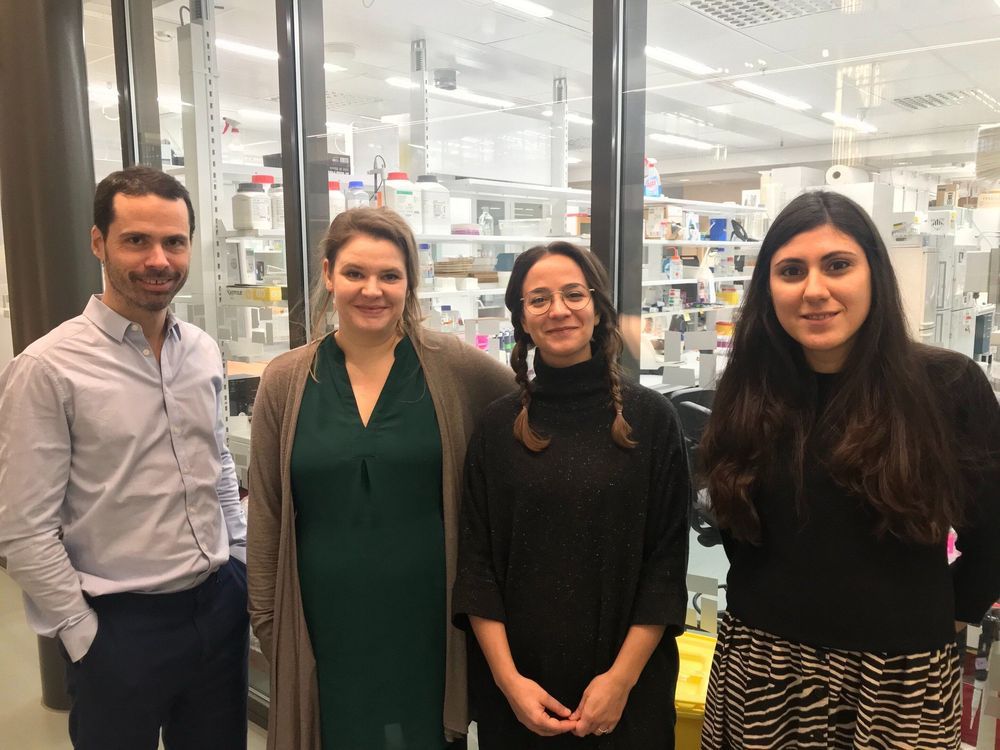Dec 29, 2019
Doctors Fighting Brain Cancer
Posted by Paul Battista in categories: biotech/medical, genetics, neuroscience
Glioblastoma is one of the most common and aggressive forms of brain cancer, and it is particularly difficult to treat. Now, researchers from the University of Pennsylvania School of Medicine have come up with a new approach to treatment for the disease, by growing organoids based on a patient’s own tumor to find the most effective treatments. Digital Trends spoke to senior author Dr. Donald O’Rourke to learn more.
The technique uses mini-brains — pea-sized organoids grown from stem cells which recreate features of full-scale brains. The mini-brains are similar enough to real brains that they can be used for testing out medical treatments to see how a full-sized brain would respond.
The breakthrough in this research is regarding treatment individualization. One of the challenges of treating a complex disease like brain cancer is that different people respond in different ways to the various treatment options available. After surgery has been performed to remove a tumor, doctors typically begin further treatment using radiation or chemotherapy around one month later. That means there isn’t always time to use perform genetic analysis to see which treatment might be best suited for a particular patient — the doctors need to know what will work and start further treatment as soon as possible.
